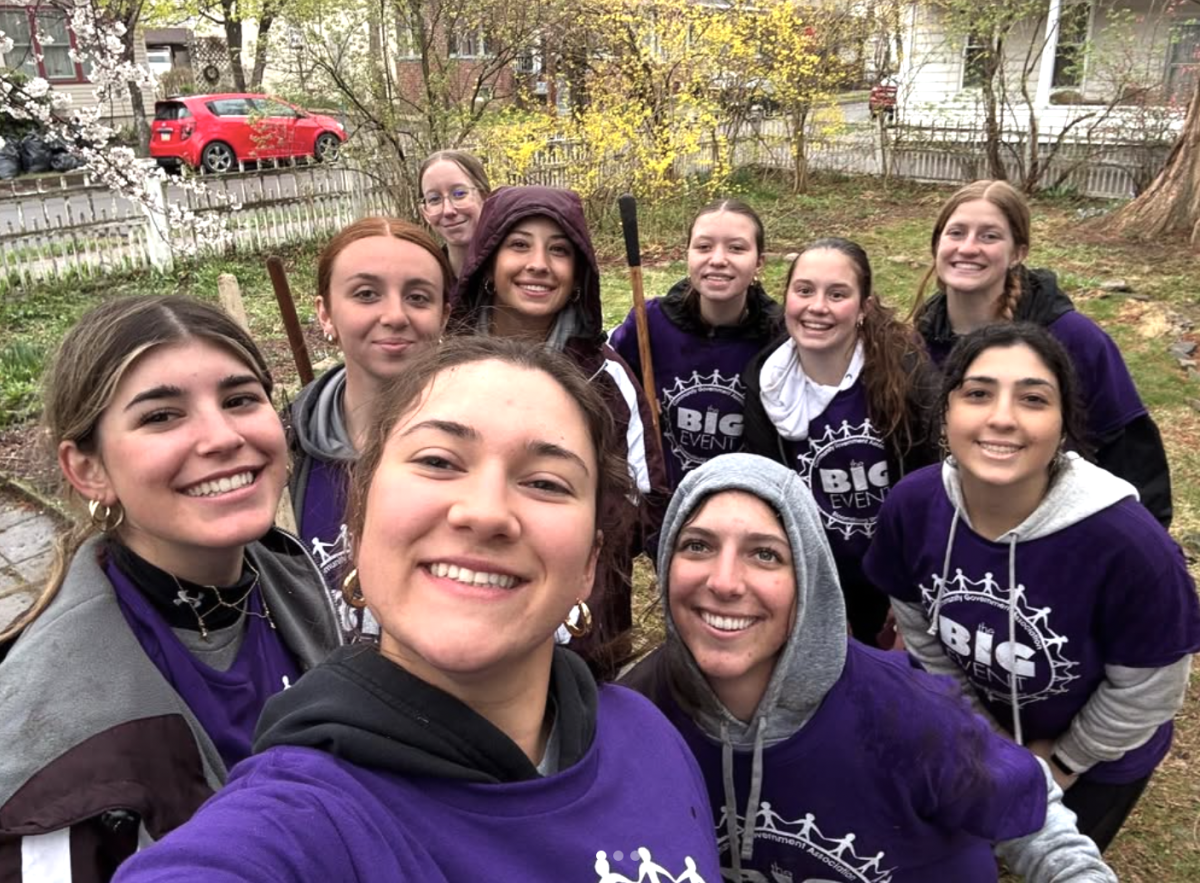In last week’s article, we looked at the case of a tribe known as the Nacirema, whose practices and rituals seem strange and unfamiliar. But, did you notice any similarities or feel a sense of familiarity while reading about their body rituals? That might be due to one very important factor: “Nacirema” is “American” backwards. Yes, Horace Miner was very subtly describing our own medicinal practices. Congratulations if you were able to spot the similarities.
This week, it’s time for a commonly studied topic among anthropologists, psychologists, sociologists and almost every other discipline on earth. This concept is the idea of the “ideal body” and its interpretation across numerous societies. Anthropologically speaking, this ideal is a culturally created concept that changes depending on location. Be it in Asia, where petite women are preferred or in Brazil where the Miss BumBum Contest favors women with curvier bodies, the body is a large focus in contemporary society.
The concept of the model body can cover a wide variety of topics and is not just limited to adolescent self-image. Of course, everywhere we look there are always new commercials boasting about the latest fad diets or the best way to look like the celebrities in magazines. But what about the other issues we face here at college, like a lack of sleep or trudging to class despite ailments? Stigmas exist surrounding teenagers losing sleep, as well as stigmas due to chronic pain, general sickness and other health issues.
First, let’s take a look at sleep, where adolescents and college students alike are constantly fighting a battle between early school times and getting enough sleep to function the next day. The sad truth is that we’ve all been that person getting three hours of sleep on an exam heavy week or know someone with a legitimate addiction to caffeine who needs a fix just to get through a lazy Saturday. Many of us are told it doesn’t get easier either: Students preparing for graduate schools know the workload will only get heavier and those of us working a job outside of school know how unforgiving our managers and professors can be. The result is a bunch of caffeine induced, sleep-deprived college kids just trying to make it through the day so we can go take a much needed nap.
Wolf-Meyer (2014) discusses the notion that a lack of sleep in our age group is NOT because of technology: “Sleep is an exquisitely biological, social and cultural assemblage and often subject to control and disciplinary efforts.” Teenagers require more sleep to function properly, they are expected to get eight hours of sleep on school nights even with extracurricular activities, and teens must try to adhere to what is seen as “normal” hours to sleep. The ideal body is a well-rested human able to function the following day; how many of can successfully say we meet that standard on a daily basis? At least we can say there is some comfort in knowing the phrase “It’s because of that cell phone” isn’t totally justified.
Just like sleepless nights, we all know someone (or could be that someone) who must sacrifice a day of needed recovery to go to class. It isn’t uncommon to hear the symphony of sniffles and coughs at some point during the semester, nor is it unheard of to experience some type of near-unbearable pain (be it chronic or otherwise) and still sit through class like a trooper. And for those of us with parents who were adamant that we have perfect attendance in high school, the concept of actually taking a personal day seems quite foreign. But most of our colds and cramps typically go away after a few days, or we can take painkillers; what about those with chronic illnesses?
Temporomandibular Disorders (TMD), which according to Eaves, affects 10%-25% of the population, is often unheard of unless you know a friend or family member who has it. Sufferers usually have to face a double standard: remaining stoic so as not to cause a flare up results in a conflict between social and physical risks, or avoiding social contact altogether; making social ties more difficult to keep. With TMD, the lack of an ideal body causes a negative impact on everything that relates to facial functions, such as laughing, eating or intimacy. The result of this is a lack of social relationships and a feeling of isolation in the personal and professional environment; as one sufferer says, “It takes the fun out of life.”
TMD is a good example of how chronic illness can affect one’s daily life, and gives us a good idea as to how our friends or family must deal with their own battles surrounding these lifelong illnesses. Even though it also seems to make our cold season and sprained ankles seem much more trivial, it doesn’t mean we need to completely ignore when our body needs rest. More often than not though, we don’t listen anyway and still pack our bags for what the school day has in store. Much like our sleep, we must all take the John Wayne approach and “pull ourselves up by the bootstraps” to continue on.
The risks we must take in order to fit into the standards outlined by our cultures seem to make us more miserable than they do happy. There will always be advertisements that let the population know there is a way to become their best selves, no matter the ailment.
We will always try to become acceptable to the societies we exist in, no matter the cost to our personal satisfaction. The concept of being physically acceptable is mostly focused on, but it is just as important to remember the other sacrifices we must make for an ideal body that may not even truly exist.
Rachel is a Junior Anthropology major. She is a member of Phi Sigma Pi and the president of the Bloomsburg Anthropolgy Club. She is also an on-campus tutor.






















